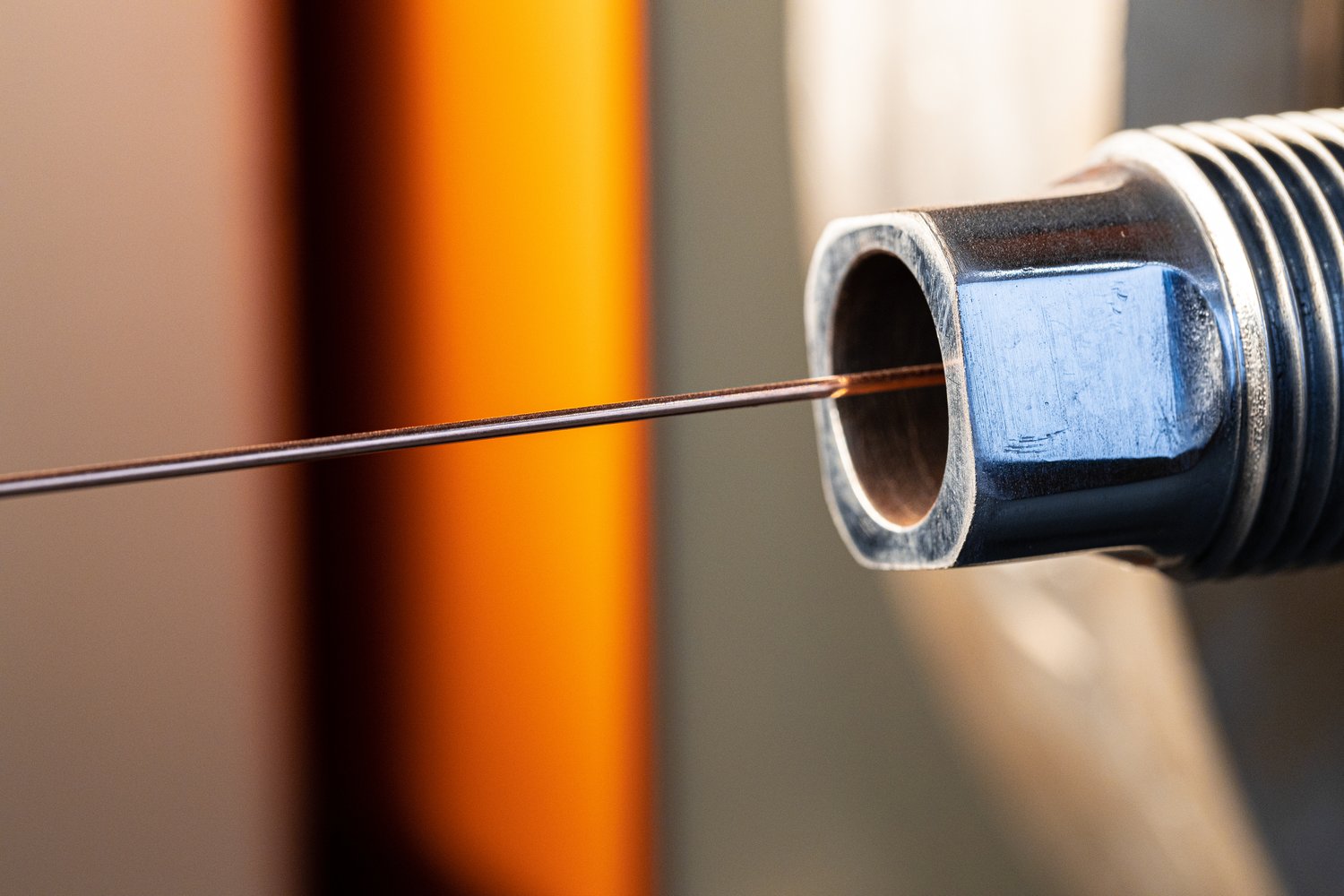Ignoring the hidden hero of your water heater system, the anode rod, could lead to premature tank failure, leaving you with unexpected cold showers and costly replacements. Whether you’re a seasoned homeowner or a DIY enthusiast, understanding the significance of this component can save you time and money while ensuring your water heater runs efficiently for years to come.
- Shield Against Corrosion: The anode rod is your water heater’s primary defense against corrosion, extending the life of the tank by preventing rust buildup.
- Warning Signs: Spot early signs of rod deterioration, such as rusty water or metallic odors, to know exactly when a replacement is due.
- Simple Replacement Process: Learn a straightforward method to replace the anode rod with confidence, ensuring a hassle-free experience with basic tools.
By diving into this guide, you’ll gain valuable insights into maintaining a reliable and efficient water heating system, helping you avoid unexpected costs and enjoy a warm, stress-free household. Discover how a small preventive measure can offer long-lasting benefits for your home.
Understanding the Importance of Water Heater Anode Rod Replacement: Extend Tank Life by Years
The anode rod is fundamental in ensuring the longevity of your water heater by protecting it from corrosion. This component, typically made of magnesium or aluminum, functions as a sacrificial element, attracting corrosive elements in the water that would otherwise deteriorate the tank’s interior.
Regularly replacing the anode rod is crucial. Over time, as the rod continues to corrode, its capacity to protect the tank diminishes. By maintaining a schedule for anode rod replacement, you safeguard your water heater from potentially costly damage, ultimately prolonging its operational life and efficiency.
Investing in periodic checks and understanding the condition of your anode rod contributes not only to the water heater’s durability but also to enhanced performance. The act of replacement itself is a proactive measure that ensures optimal functionality and minimizes unexpected repairs.
Signs That Your Water Heater Needs An Anode Rod Replacement
Recognizing the indicators that suggest the need for an anode rod replacement can save you from significant inconvenience and expense. One of the most common signs is the presence of rusty water coming from your taps, indicating that the rod is no longer effectively preventing corrosion.
A metallic smell or taste in your water is another indication that the anode rod may be deteriorating and failing to perform its protective role. This odor arises from chemical reactions within the tank as the rod wears down.
You might also notice a sudden drop in water heater efficiency, such as longer heating times or inconsistent water temperatures. Such issues often correlate with reduced anode rod effectiveness, highlighting the need for inspection and prompt replacement.
By staying alert to these signs, you can address potential problems early, ensuring continual efficiency and the extended life of your water heater.
Steps to Execute Water Heater Anode Rod Replacement: Extend Tank Life by Years
Replacing the anode rod in your water heater is essential for maintaining its efficiency and extending its lifespan. This process might seem daunting, but with the right guidance and tools, it can be accomplished safely and effectively. Follow these steps to ensure a hassle-free experience.
Gather the Necessary Tools
Before you begin, make sure you have all required tools on hand. This typically includes a socket wrench, Teflon tape, a garden hose, and a replacement anode rod. Having these tools readily available will streamline the process and minimize interruptions.
Step-by-Step Instructions
1. Turn Off the Power: For electric water heaters, switch off the power at the circuit breaker. For gas heaters, set the thermostat to the ‘pilot’ setting to prevent the heater from turning on during the procedure.
2. Shut Off the Water Supply: Locate the cold water supply valve and turn it off. This step is crucial to prevent water from entering the tank while you work.
3. Drain the Tank: Attach a garden hose to the drain valve at the base of the tank. Open the valve and empty enough water to lower the tank’s level below the anode rod’s position. This ensures a dry working area.
4. Locate and Remove the Anode Rod: The anode rod is often found on the top of the water heater. Use the socket wrench to loosen and remove it, taking care to apply gentle, steady pressure to avoid damage.
5. Install the New Anode Rod: Wrap the threads of the new rod with Teflon tape to ensure a tight seal. Insert it into the tank and tighten it securely with the socket wrench.
6. Restore Water and Power: Turn the cold water supply back on and allow the tank to refill. Once full, restore power or adjust the thermostat back to the desired setting.
After successfully replacing your water heater’s anode rod, check for any leaks or unusual noises to confirm proper installation. Regular maintenance like this helps keep your water heating system in peak condition.
By performing these steps, not only do you enhance the tank’s performance, but you also extend its useful life, helping to avoid unexpected repairs and expenses.
FAQ: Water Heater Anode Rod Replacement
What is the function of an anode rod?
An anode rod prevents tank corrosion by attracting corrosive elements, thereby protecting the metal tank.
How often should the anode rod be replaced?
It’s recommended to replace the anode rod every 3 to 5 years, depending on water quality and usage.
What tools are needed for anode rod replacement?
- Socket wrench
- Pipe wrench
- Teflon tape
- Replacement anode rod
Can I replace the anode rod myself?
Yes, with proper instructions and safety precautions, replacing the anode rod can be a DIY task.
What indicates that my anode rod is failing?
Signs include rusty water, a metallic smell, and reduced water heater efficiency.
What can happen if I don’t replace the anode rod?
Failing to replace it can lead to tank corrosion, decreased efficiency, and potentially costly repairs.





